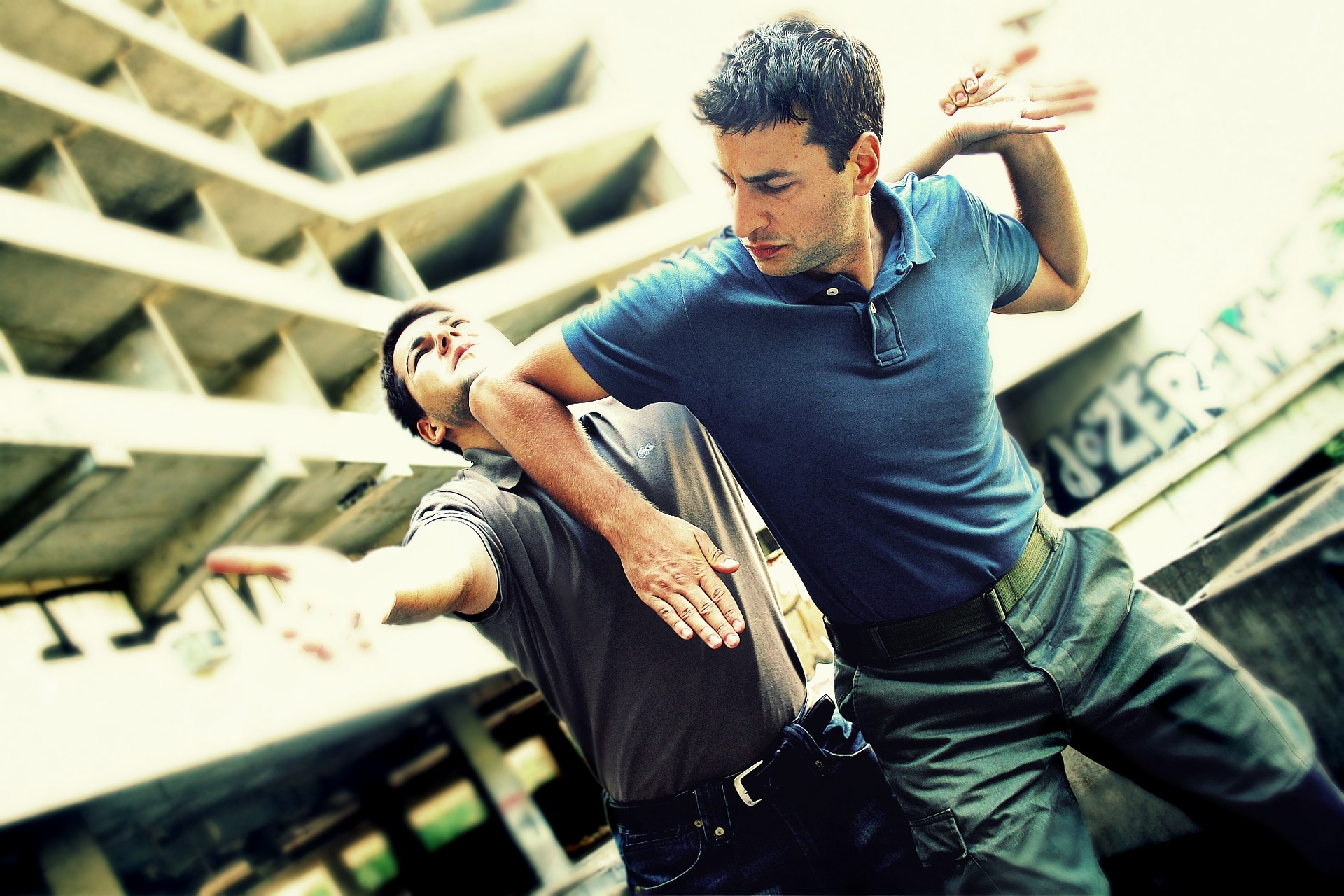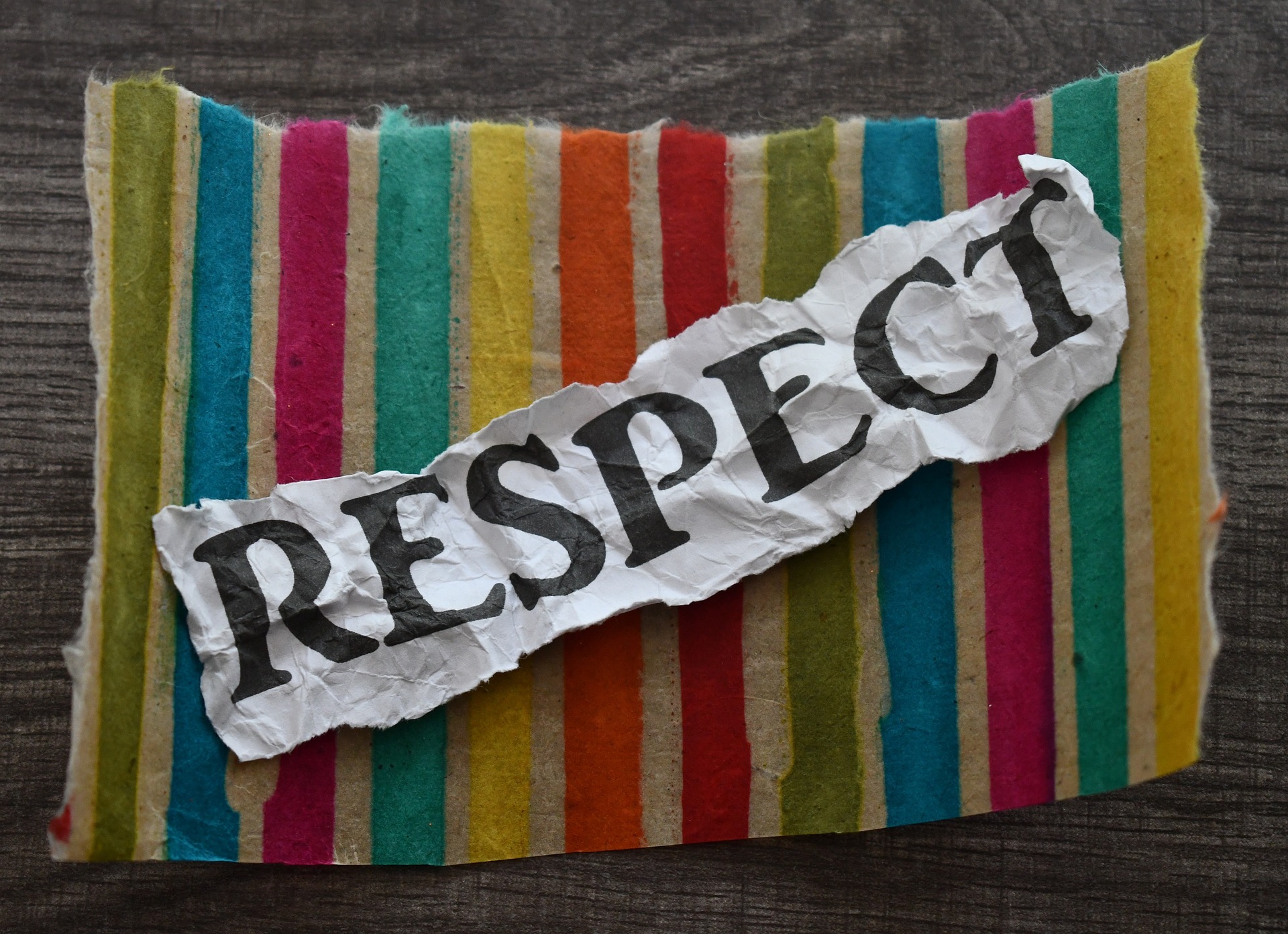The title is a little misleading, it should be 8 Tips for Simple Self-Defense. We’ll indeed be discussing self-defense basics. However, the “no Kempo required” is meant to reflect the mental aspects presented herein. The following strategies are part of Kempo art. They are the little-known treasures of martial arts—mental preparedness.
There are eight key points to remember about self-defense. These points are required at all times to help avoid bad situations.
- Breath
- Awareness
- Stay in the light
- Stay in crowds
- Eye contact
- Keep moving
- “Mom”-Jutsu
- Preparedness
Breath: this keeps the mind clear and prevents “freezing.” You will still be afraid, but you will be able to respond and think.
Awareness: avoid getting in a bad situation; that’s 90% of self-defense — prevention.
Stay in the light: you may think this highlights you as a target, but it gives you that advantage of visibility. It goes hand in hand with awareness. You need to see what’s around you, survey your environment.
Stay in crowds: This is the “cattle” mentality that has allowed gazelle, bison, giraffe, and zebras to stay alive as a species for millions of years. If you stray from the herd, you’ll get attacked. Stick with a group, and you’ll decrease your chances of an attack. Again, this is part of that prevention strategy.
Eye contact: Predators rely on surprise. By making eye contact and providing acknowledgment (like a nod or smile), you eliminate the surprise advantage. You may also make a friend, someone who’ll watch your bad.
Keep Moving: It’s hard to hit a moving target. If you keep moving, you won’t provide the opportunity for ambush and attack. When you see some shady character on the street corner in front of you, cross the street and keep moving. Don’t stop and panic. Don’t stop and look around. The momentum of action will provide you with escape velocity, a running start.
“Mom”-Jutsu: This is the most important part of self-defense. You use this when prevention has failed, and you’re in a confrontation. Look the criminal straight in the eyes and verbally punish them for acting so rudely. Take control of the situation. Assume the authority figure. Never back down from this role.
Preparedness: If you suspect danger, keep your hands free. Here are a few things you can do:
- Watch the door
- Check under the tires
- Check in the back seat
- Have your keys ready
- Don’t fumble with your purse
- Park near a lamp post
- Have a path of flight to escape
The goal of these stratagems is to be the wrong target. Using the “Prey vs. Predator” analogy, the criminal is the predator, and you are the prey and victim. If you present yourself as a formidable prey, the predator will continue looking for an easier target. The lion waits for the gazelle to stray from the herd’s safety or waits for a wounded gazelle to show itself. Lions never attack a fully capable or aware gazelle. Likewise, it would help if you were that competent, confident, and aware gazelle.
Knowing how to fight and protect yourself is the last element of self-defense. It is the final phase of a complete self-defense strategy. Of course, Kempo is the ideal form of physical, percussive self-protection. You’ll have the confidence to back up any threat or request you give a criminal. It’ll also give you the skills necessary to delay an attacker while you run away — the first and the best action.



One thought on “Self Defense Basics, No Kempo Required”
Comments are closed.